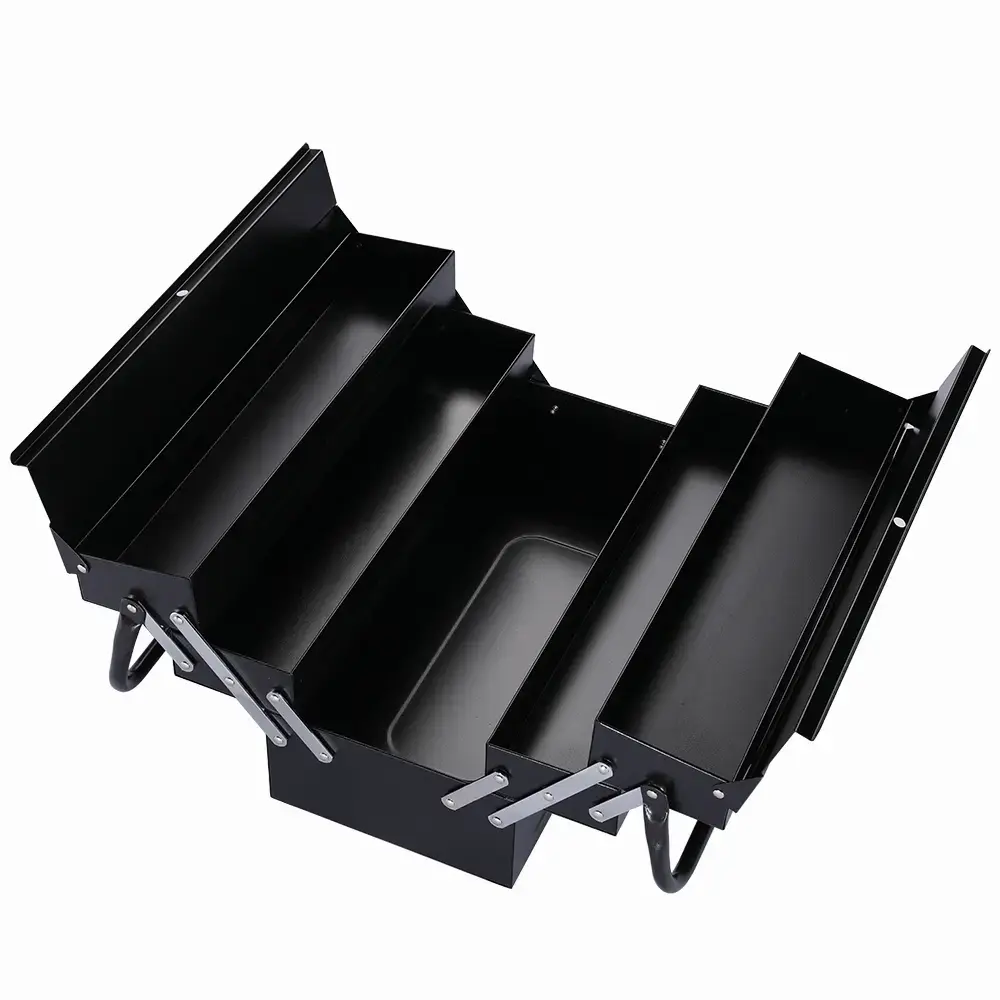Fishing Kit: The art of receiving and carrying
Fishing is an outdoor activity full of fun and challenges. It not only tests the patience and skills of anglers, but also puts forward extremely high requirements for the storage and carrying of fishing tools. A proper toolbox layout will not only make you comfortable while fishing, but also enhance the comfort and efficiency of the entire fishing experience.
First, the choice of toolbox
The tool box is the basis for storing fishing tools, and its choice is very important. The ideal tool kit should have enough capacity to accommodate a variety of essential fishing tools such as rods, lines, hooks, buoys, lead drops, etc. At the same time, it also needs to have good water resistance to prevent moisture damage to tools in wet riverside environments. In addition, the material of the toolbox should also be strong and durable, able to withstand a certain amount of impact and protect the tool from damage.
When choosing a toolbox, you should also consider its weight and portability. After all, the fisherman needs to carry the toolbox to the river, and an overweight box will increase the burden of carrying. Therefore, it is wise to choose a toolbox made of lightweight and strong materials. For example, some toolboxes made of high-strength plastic or aluminum alloy are both light and strong, making them ideal for fishing.
2. Classification and storage of tools
Sorting fishing tools is the key to improve efficiency. First, the fishing rod can be placed separately in the outermost layer of the toolbox so that it can be quickly removed and assembled once it reaches the fishing spot. Fishing rods are usually long and require a special partition space to prevent them from colliding with other tools.
For small tools such as fishing lines, hooks, buoys, you can use a dividing box for storage. Divider boxes can separate these tools by category, so that they are not mixed together, causing inconvenience when using. For example, by placing fish hooks in different grids according to size and type, you can quickly find the right fish hook when needed. The buoy can be placed in a transparent plastic box for easy observation of its status and model.
Accessories such as lead drops and fish floats can be placed in small plastic bags or sealed boxes to prevent them from being scattered and lost. At the same time, the storage box of these small accessories can be labeled, indicating the content, easy to find.
Third, the convenience of carrying
When carrying a toolbox, convenience is a factor that must be considered. A good toolbox should be equipped with comfortable straps or hand-held handles. The design of the strap should be ergonomic, able to distribute the weight and reduce the burden on the shoulder. For example, the harness of some toolboxes can be adjusted in length, allowing anglers to adjust according to their height and habits, making carrying more comfortable.
If you choose to carry, the material and design of the handle is also very important. The handle should be made of non-slip material to ensure that it can be firmly held in wet environments. At the same time, the shape of the hand should conform to the grip habit of the hand to avoid hand fatigue caused by long-term holding.
In addition, the external design of the toolbox can also increase the ease of carrying. For example, some small pockets or hooks can be set up on the side of the toolbox to place some commonly used items, such as scissors, pliers, etc. In this way, when you need to use, you can quickly take out the tool without opening the entire toolbox, improving the efficiency of fishing.
Fourth, the details of storage and carrying optimization
In the process of storage and carrying, the optimization of some details can also improve the experience. For example, a soft foam pad can be laid on the inside of the tool box, which both acts as a shock absorber, protecting the tool from bumps and damage, and preventing the friction between the tools from causing scratches. At the same time, regularly clean the debris in the tool box and keep the interior clean, which can also make the storage of tools more orderly.
During the carrying process, pay attention to the balance of the toolbox. Try to place the heavier items in the center of the toolbox to avoid the shift of the center of gravity caused by instability when walking. In addition, after reaching the fishing spot, the toolbox can be placed on a smooth ground to avoid its tipping and ensure the safety of the tool.
In short, the collection and carrying of fishing kit is an art. Through reasonable selection of toolbox, scientific classification of storage tools and optimization of carrying convenience and details, fishermen can enjoy the fun of fishing at the same time, more relaxed. A well-designed and organized toolbox can not only increase the efficiency of fishing, but also make the fishing trip more enjoyable.

